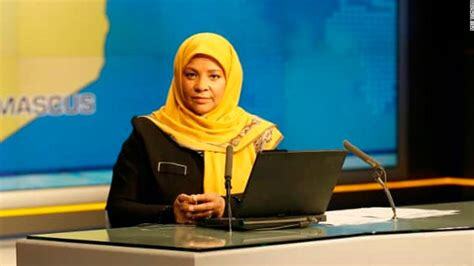From Oakland to Tehran Part II – The US Embassy Occupation

News presenter Marzeh Hashim
From Oakland to Tehran Part II
Press TV (2024)
Film Review
In Part II, University of Berkeley instructor Abbas Muntaqim speaks with a freedom fighter named Mohammad Reza Herkat-Toutuochi, who spent three years in the Shah’s prisons, a professor at Tehran University named Foad Izali and Marzeh Hashim, an African American woman and news presenter who emigrated to Iran in 2008.
Mohammad lays out the history and background of Iman Ruhallah Khomeini and Iran’s 1979 Islamic Revolution:
The latter first came to pubic attention on March 21, 1963 when he publicly denounced a proposal by the Shah to privatize Iran’s state owned industries. The Shah’s secret police responded by invading the seminary at Qom where Khomeini taught and killing several students and clerics. This in turn triggered major popular protests in several Iranian cities.
On June 5, 1963 Khomeini was arrested for making a speech blaming Israel for Iran’s repressive regime. His arrest triggered three days of major riots.
Following an October 26, 1964 speech in which he condemned the Shah for granting US personnel diplomatic immunity for any crimes they committed in Iran, Khomeini was arrested and secretly exiled to Turkey. A year later he moved to Iraq, until Saddam Hussein (under pressure from the Shah) deported him to Paris.
Ten days after the Shah allowed him to return on February 1, 1979, he launched the Islamic revolution and overthrew the Shah was overthrown.*
Foad Izali explains the decision by Iranian students to violently occupy the US embassy in November 1979. According to Izali: 1) revolutionary leaders were concerned about the US launching a CIA coup out of the embassy, as they had against Mossadegh in 1953 (see From Oakland to Tehran Part I: The History of Iran/American Emnity) and 2) they wanted to return the the Shah to Iran to recover all the money he had stolen.
They invaded the embassy just as diplomatic staff were shredding heaps of documents, and the student occupiers meticulously reassembled all of them.
African American new presenter Marzeh Hashim subsequently explains the students’ decision to release the eight female and African American hostages. Their goal was to emphasize the students opposed the US government, not the American people. During the US embassy occupation, the revolutionary government also changed the Israeli embassy to the Palestinian embassy (the first in the world). The Islamic Republic of Iran was also the first country to take an official stand against apartheid in South Africa.
*The actual history is a little more complicated. Owing to growing economic problems and political unrest, in late December the Shah, fearing an impending military coup, approached leaders of the opposition National Front about forming a civilian government. On January 6 Shapour Bakhtiar was appointed interim prime minister and on January 16, the shah left Iran at Bakhtiar’s request. The government overthrown by the Islamic Revolution on February 11, 1979 was actually the caretaker government of Shapour Bakhtiar.
The Most Revolutionary Act
- Stuart Jeanne Bramhall's profile
- 11 followers



